The Importance of Grass for the Cow + the Consumer
As a grass-fed and grass-finished operation, we take a different approach to beef production. When calves are weaned, they don’t go to feed yards to be finished in a conventional program. Instead, they come to the finishing pasture and are met with a constant, controlled salad bar that’s designed to be the best ration they need. This provides them with feed that is proper for a ruminant animal, but it also creates a remarkable end product.
When it comes to flavor, an animal really is what it eats. At Redhouse, we’re particular about our cattle, but we’re also particular about their diet.
Cows are ruminant animals — their digestive systems have four compartments and are specially designed to break down grass, and the nutritional makeup of that grass is key to the end result.
They are a grazing animal with a herd mentality, and we want everything about our operation to mimic their natural rhythms.
In developing our grass blend, we incorporated research from places like New Zealand and Australia, considered the particularities of our area and created a process that allows us to produce a lot of animal with a small footprint.
0063 enjoying those finishing pasture nutrients
This outside research has informed how many legume-type grasses we need, why we use ryegrass and how we balance annual and perennial grasses. We wanted to create a permanent philosophy to avoid constantly disrupting and replanting our pastures.
We follow the life cycle of the plant, alternating periods of grazing with rest periods, and we chose plant species to provide high nutritional value and produce a good product. We also set up the facility for the animal’s well-being, providing a calm, low-stress environment that meets its nutritional needs.
We steward both our land and our animals by using a rotational grazing pattern that allows us to keep the right number of animals for the right time of year and the grass growth. This ensures that each pasture gets the full rest period it needs, and their manure and urine, combined with sunlight, water and rest, are our fertility program.
Depending on the growing season, we let pastures rest for about 22 to 40 days. In Winter the days are short and growth is slow. As we approach spring days begin to lengthen and pasture growth picks up dramatically. Summer is the fast growing time needing the least amount of pasture rest. Sunlight is a huge factor — we’re fortunate in the Central Valley to have an 11-month growing season. This makes for fat, happy cows.
While it’s a lot of effort, it’s worth it to us. We think you’ll agree.
“In developing our grass blend, we incorporated research from places like New Zealand and Australia, considered the particularities of our area and created a process that allows us to produce a lot of animal with a small footprint.”
Photography: Jonah + Lindsay








